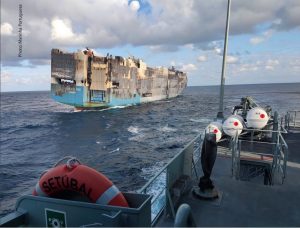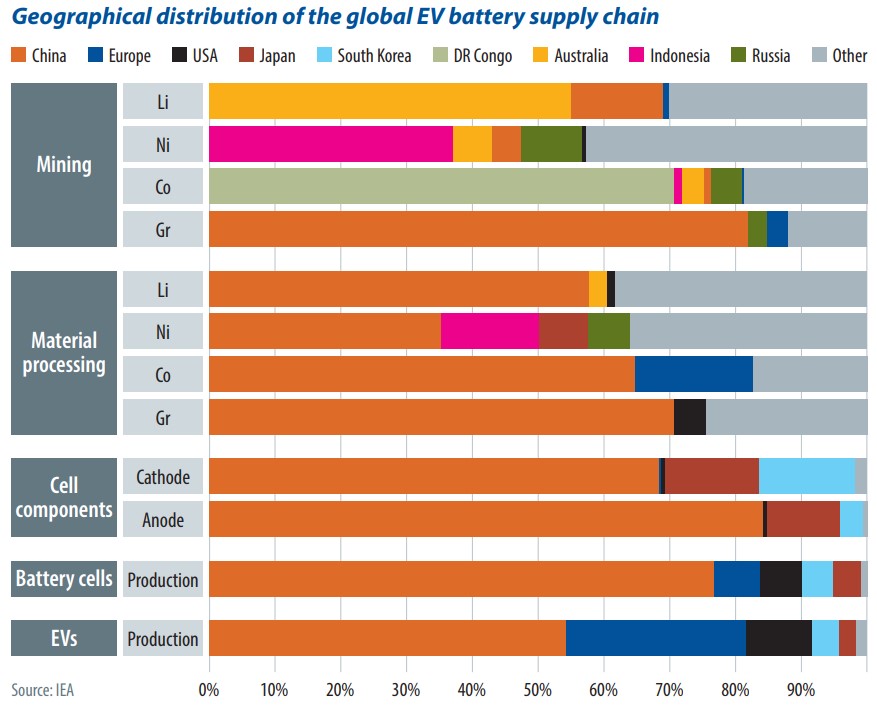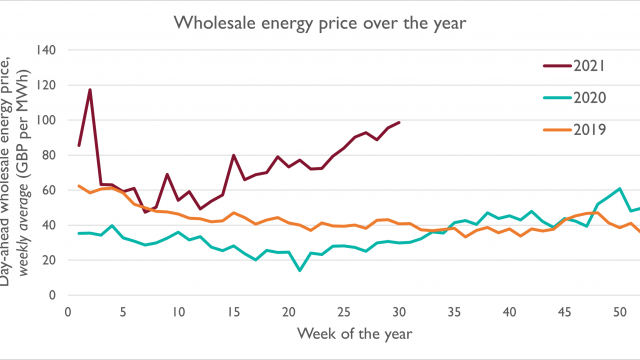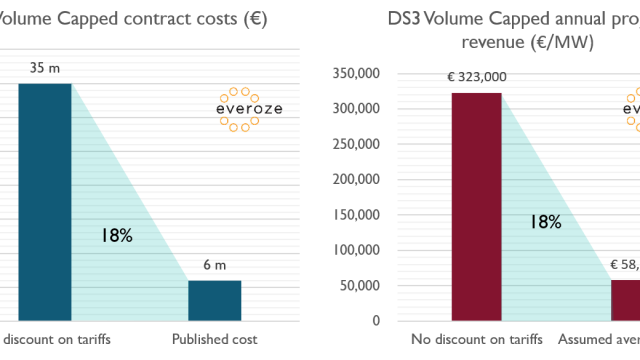Tricky to move
As published in pv-magazine 9 August 2022
As sales of Li-ion batteries accelerate, both governments and the largest battery manufacturers are beginning to grapple with the question of whether local manufacturing facilities are desirable or even necessary. Although this appears to buck the trend of technological development over the last few decades, there are a number of technical as well as geopolitical reasons that make this a major issue for all Li-ion battery manufacturing stakeholders. Everoze partner Jamie Shaw-Stewart explores some of these issues.
The International Energy Agency agrees that lithium ion (Li-ion) battery supply chains are an important issue. It has recently published a technology report titled Global Supply Chains of EV Batteries, which highlights the need to consider battery supply chains, and the need to scale up secure supply of all raw materials and components.
Increased globalization has felt inevitable and unstoppable since World War II, (with perhaps minor deviations). But even preceding the Covid-19 pandemic there was a feeling that this trend was at least slowing. The effect on technology of any slowdown in globalization has seemed minor, but examples such as the US and EU’s national security concerns over Huawei’s involvement in 5G networks, and EU data considerations over internet data centres are initial signs of a tangible shift away from technological supply chains cantered mainly around East Asia.
Unique transport risks

of goods on board at $438 million
Since Sony produced the first commercial Li-ion battery for its handheld camcorders back in 1990, the top-tier Li-ion cell manufacturers have been based in Japan or South Korea, and more recently in China and Taiwan. A significant proportion of small portable Li-ion batteries are shipped within or with the devices they power, and so the relatively low quantities shipped outside of devices meant that transport of these cells was not much of a safety consideration – that is until the numbers started to scale up.
This scaling up increased with the growth of the electric vehicle (EV) market. The symbolic market entry of the original Nissan Leaf EV in 2010/2011 created a whole new class of mass-market Li-ion batteries compared to the single or small groups of cells used in the portable laptop, phone, and power tool markets from the previous decade.
EV batteries require absolute uniformity of cells and improved reliability, but most pertinently they need higher volt- ages and capacities. The early leaf battery was around 300V and had an energy capacity of 24 kWh (vs ~50 Wh for portable electronics batteries). On their own, these large battery packs contain significant potential combustible energy – around 100 times the rated electrical energy storage capacity – meaning a burning Leaf battery could, in theory, produce 2.4 MWh of thermal energy.
EVs increased the number of Li-ion cells and battery packs being shipped from East Asia. With high profile incidents such as the Boeing Dreamliner fires, concerns over the safety in transport of these have been rising. In 2014, the UN added a section (number 38.3) of the UN Manual of Tests and Criteria (Transport of Dangerous Goods) entirely devoted to lithium batteries. This resulted in used lithium batteries being classed as dangerous goods, requiring more expensive export costs that have resulted in the generation of a new recycling industry. While the proportion of costs for new batteries is much smaller, they are not insignificant. Large losses during transport, such as a recent cargo ship of luxury vehicles that sunk after an onboard fire near the Azores in February 2022 – carrying over 4,000 vehicles valued at a total of more than $400 million – will only increase transport costs further.
Region-specifics
The battery industry is growing globally, but there are region-specific considerations. Climate differences are probably the most intrinsic, as cold and hot climates have entirely different engineering challenges to deal with.
A battery has an optimal operating temperature range of around 20-40 C and there are serious performance and safety issues when operating below 0 or above 60 C. This is mainly relevant for system development but choosing different electrolyte chemistries, for example, can make Li-ion batteries more resilient for operating at lower temperatures.
In addition, safety and quality standards are emerging. The main focus is on global standards which may reduce variation but at the system level the implementation is still a long way off any sort of international standardization. As regions and countries deal with Li-ion thermal incidents, some are likely to respond with different safety regulations, especially with regards to domestic and urban batteries where the consequences of thermal degassing and fires pose serious risk to human life.
Supply security is a strategic and a practical factor for end users; and for intermediary suppliers, OEMs, and developers. This extends to all parts of the supply chain, from raw materials to the final assembled products. The vulnerabilities of relying on global just-in-time supply chains were exposed during the onset of Covid-19 and we are still feeling the effects of this more than two years later. Arguably, supply issues look likely to get worse in the short to medium term, with significant pressure on both lead times and costs.
Cyber security
The Ukraine war has highlighted national security implications due to multiple disabling attacks on its infrastructure. There were even suspicious attacks on non- Ukrainian assets such as German wind farms. Asset owners are becoming more concerned about the commercial implications of cybersecurity and are considering cybersecurity risks of operation technology or industrial control systems. These have not received the same attention as information technology cybersecurity, despite their growing importance for many companies’ operations – not least battery energy storage system owners.
Industrial espionage, attacks, and potential energy theft through standard control system weaknesses increasingly worry energy storage asset owners, along with other cloud-connected energy generation facility operators. While many attacks may just be utilizing asset computational processing power or data channels to initially cause insignificant asset damage (such as being part of a botnet), this could still pose a significant threat for future operations. One of the principle causes of cybersecurity weakness is linked to control of hardware supply.
For example, subcontractors may insert unobserved data routes back to the manufacturers, and not for malicious reasons. These risks could lead to asset owners or even national governments gaining more control over battery supply chains.
Conclusion
Lithium ion batteries are fast becoming an essential part of not just our low-carbon future, but also our present energy mix. They are essential to the ongoing decarbonisation of transport, and they are already central to our electricity networks as they provide vital frequency response and balancing services. This means that the supply and manufacture of these batteries is in every government’s interest. Moreover, it presents very attractive business opportunities for investors and entrepreneurs. While many assume that this market will continue to be dominated by the current incumbents from the far east, there are many reasons why supply chains will need to become more regional, as outlined in this article. Today’s geopolitical pressures make this clearer.







